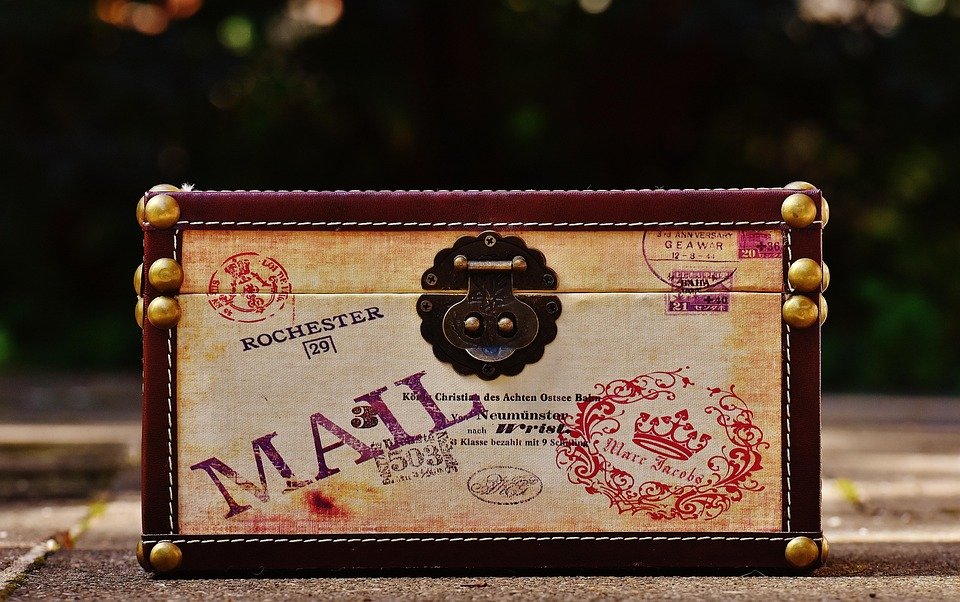
Cats are known for their cleanliness and grooming habits, and one essential aspect of maintaining a cat’s hygiene is effective litter box training. Whether you’re a first-time cat owner or a seasoned feline enthusiast, understanding how to properly train your cat to use the litter box can save you from unwanted messes and ensure a harmonious household. In this article, we’ll explore effective litter box training tips for cats, ensuring your feline friend feels comfortable and confident in their bathroom routine.
Understanding Your Cat’s Natural Instincts
Before delving into specific training tips, it’s important to understand that using a litter box is a natural behavior for cats. In the wild, cats instinctively bury their waste to hide their scent from predators. This natural inclination makes litter box training relatively straightforward compared to house-training other pets. However, there are still several key factors to consider to ensure successful training.
Choosing the Right Litter Box
The first step in successful litter box training is selecting the right litter box. Cats come in all shapes and sizes, and so do litter boxes. Here are some factors to consider when choosing the right one for your cat:
Size and Depth
Ensure the litter box is large enough for your cat to comfortably turn around in. A box that’s too small may discourage use. Additionally, the sides of the litter box should be low enough for kittens or older cats to easily enter and exit, but high enough to contain litter scatter.
Type of Litter Box
There are various types of litter boxes, including open boxes, covered boxes, and self-cleaning models. Open boxes provide easy access and ventilation, while covered boxes offer privacy. Some cats may prefer one over the other, so it may be beneficial to experiment with different types to see which your cat prefers.
Selecting the Right Litter
The type of litter you use can significantly impact your cat’s willingness to use the litter box. Consider the following factors when choosing litter:
Texture
Cats can be particular about the texture of their litter. Some prefer clumping clay litter, while others may favor softer, more natural options like pine or paper pellets. It’s essential to observe your cat’s preferences and accommodate them accordingly.
Scent
While scented litters may be appealing to humans, they can be off-putting to cats. Opt for unscented litter to avoid deterring your cat from using the litter box.
Placement of the Litter Box
The location of the litter box can greatly influence your cat’s willingness to use it. Consider these tips for optimal placement:
Quiet and Accessible
Cats prefer a quiet and private place to do their business. Avoid placing the litter box in high-traffic areas or near noisy appliances. Additionally, ensure the box is easily accessible, especially for kittens and older cats who may have mobility issues.
Separate from Food and Water
Cats are clean animals and usually prefer to keep their bathroom area separate from where they eat and drink. Make sure the litter box is placed at a reasonable distance from feeding areas.
Establishing a Routine
Cats thrive on routine, and establishing a consistent litter box routine can help reinforce desired behavior. Here are some strategies for creating a routine:
Regular Cleaning
Clean the litter box regularly to keep it inviting for your cat. Scoop waste daily and replace litter as needed to maintain a clean environment. A dirty litter box can deter your cat from using it.
Consistent Schedule
Try to maintain a consistent schedule for feeding and playtime, as this can help regulate your cat’s bathroom habits. Cats often use the litter box shortly after eating or engaging in physical activity.
Positive Reinforcement
Positive reinforcement is a powerful tool in litter box training. Rewarding your cat for using the litter box can encourage continued use. Here’s how to effectively use positive reinforcement:
Immediate Praise
When you see your cat using the litter box, offer immediate praise. This can be in the form of verbal encouragement or gentle petting. Cats respond well to positive attention.
Treats and Rewards
Provide your cat with a small treat or reward after they successfully use the litter box. This creates a positive association with the behavior and encourages repetition.
Handling Litter Box Aversion
Despite your best efforts, some cats may develop aversions to the litter box. It’s important to address these issues promptly to prevent accidents in the house. Here are some common reasons for litter box aversion and solutions:
Medical Issues
If your cat suddenly stops using the litter box, it’s crucial to rule out medical issues. Urinary tract infections, bladder stones, and other health problems can cause litter box aversion. Consult your veterinarian if you suspect a medical issue.
Environmental Changes
Cats are sensitive to changes in their environment. Moving the litter box, introducing a new pet, or changes in household routine can lead to aversion. Try to minimize disruptions and provide a stable environment for your cat.
Conclusion
Effective litter box training is essential for maintaining your cat’s hygiene and ensuring a harmonious home environment. By understanding your cat’s natural instincts, choosing the right litter box and litter, establishing a routine, and using positive reinforcement, you can successfully train your cat to use the litter box. Remember to address any aversion issues promptly and consult your veterinarian if necessary. With patience and consistency, your cat will develop healthy litter box habits that contribute to their overall well-being.






